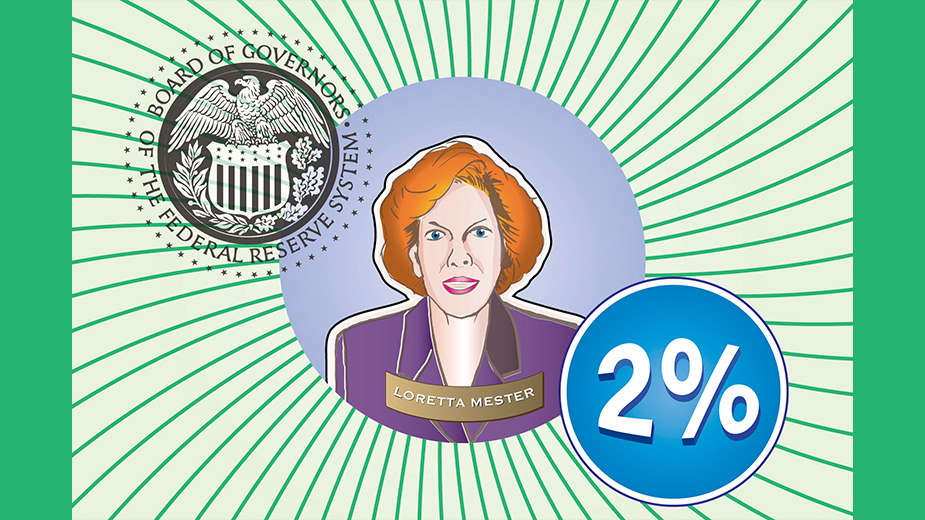Team NEO Report: Racial Equity Efforts Can Help Address Workforce Gaps
YOUNGSTOWN, Ohio – The gap between the number of qualified workers and growing industries in northeastern Ohio could be closed significantly if the racial inequities across the workforce were better addressed, according to a new report from Team NEO.
In its 2021 edition of the Misaligned Opportunities report, the regional economic development agency outlined the impact that racial inequality has on the area’s workforce.
“If we fix this DEI issue, just through proportional representation of the population that we have, we could close the talent gap by up to a third,” said Jacob Duritsky, Team NEO’s vice president of strategy and research, in a webinar discussing the report’s findings. “That’s incredibly powerful in an economy like northeast Ohio.”
While overall population and employment are fairly similar – 77% of the regional population and 80% of employees are White, compared to 14% and 12% for Black people, for example – gaps can be seen in levels of educational attainment, especially in the region’s three fastest growing sectors: manufacturing, health care and technology.
Click Here to Read Team NEO’s ‘Misaligned Opportunities’ Report
In manufacturing, 72% of postsecondary credentials are held by White workers, while just 4% are held by Black employees, 4% by Hispanic and Latino employees and 3% by Asian workers.
In health care, meanwhile, 76% of such credentials are held by White employees, compared to 8% of Black people, 5% of Asian workers and 4% of Hispanic and Latino employees.
And in computer and IT fields, the differences are less extensive, but still wide: 62% of credentials are held by White employees and 6% by both Black and Asian employees.
“African Americans comprised less than 5% of registered nursing credentials in northeast Ohio last year. The challenge is that we can’t fill holes like registered nurses, one of the most critical occupations in the region,” Duritsky said. “When you look at opportunities in the workplace, Hispanics and African Americans are only 10% of credentials.”
With the region’s population aging and most likely declining from a decade ago – the first batch of data from the 2020 census was released Thursday – the racial skills gap isn’t something that can be ignored, Duritsky said.
“We won’t be able to grow our way out of this problem. We have a demographic headwind that we’re going to face and we need to deal with it,” he said. “We’re not replacing people at the rate that we need to fill jobs in the region. Without stronger efforts around diversity, equity and inclusion, we won’t be able to close these gaps.”
Addressing the racial skills gap will take a concerted, multi-factor approach, agreed panelists after Duritsky presented Team NEO’s findings. The common thread of suggestions on how to approach such efforts is that it has to be proactive.
“Many times, it might not just come to you because you have a D&I goal or department or some initiative. You really have to look and identify key organizations [to work with],” said Terrell Dillard, president of ZayMat Distributors and Jan-Pro of Cleveland, Akron and Toledo. “If you want something, you have to go get it.”
Victor Ruiz, executive director of mentoring and family support organization Esperanza Inc., pointed to work his organization has done to help companies start building their own pipeline of Latino workers.
“[There’s]homegrown, Latinx talent that’s bilingual and well-educated and wants to stay here. You have talent here; you don’t have to recruit all over the world,” he said.
Ruiz also adds his own caveat to the report: while Misaligned Opportunities presents information across the entire footprint of Team NEO, individual communities may see a different picture. For example, Hispanic and Latino people account for 5% of the regional population, but 15% of Cleveland’s people.
“Different parts of the region are more significantly impacted by this,” he said. “We may need to create specific strategies and pay special attention to specific parts of the region so all of it can prosper.”
Such efforts can’t just start with adults, added Debbie Connelly, chief people officer for Hyland Software. As Duritsky noted earlier in the presentation, skill development doesn’t begin as soon as someone turns 18. Erasing educational gaps that can start as early as elementary school can take years and by taking a vested interest in the education and training of students, the region’s employers can have a larger, more diverse pool of employees to choose from.
“It’s also about developing campus recruiting. I don’t mean just colleges and universities, but also going into high schools and allowing them to showcase their skills,” she said. “It’s not only looking at experienced talent but it’s broadening your search at the entry level as well, whether it’s through groups like the National Association of Black Engineers or the National Association of Women Sales Professionals or the Association of Latino Professionals in America, as well as other organizations in our communities.”
The message from the panel, moderated by Greater Cleveland Partnership executive director of equity and inclusion Brian Hall, is to meet people of color where they are and offer them the wraparound services and personal investment they need to thrive in a workplace. And those investments, Hall notes, will pay off.
“Last year, the NASDAQ announced that it wouldn’t list new companies on their exchange that don’t have a diverse board,” he said. “While it seemed like it was in relation to what was going on in our country socially, they also said that in their study of companies with diverse leadership against those that didn’t, the distinction in performance was so great that they felt it was their fiduciary responsibility to require diverse boards.”
The report also looked at how the coronavirus pandemic affected people of color in the workplace. Black, Asian and Latino workers in northeastern Ohio are most highly concentrated in service-sector jobs, which saw the biggest impact from the pandemic.
“The stark reality is that when you look at those occupations, especially how they’re represented by minority communities, it starts to fall on those that were most affected by the pandemic and those that don’t necessarily offer a future trajectory to growth: service sector jobs, hospitality jobs, leisure jobs, restaurants, bars, barber shops,” Duritsky said.
During the pandemic, unemployment for Black people was consistently twice the rate of White people, peaking above 14%. In the service sector, which has long had a disproportionately high number of Black workers, the peak rate was above 20%.
“There are structural issues in the northeast Ohio economy – frankly, in the U.S. economy – that existed long before the pandemic started to accelerate those,” he continued. “What we’ve seen over time is that – whether through the lenses of median household income, educational attainment especially around bachelor’s-plus attainment, or the most in-demand jobs – there is a disproportionate lack of representation from communities of color in northeast Ohio. We can not close the gap if that persists.”
An encouraging sign, the panelists and Duritsky pointed to, is the launch of programs aimed to increasing diversity in the area’s leading economic sectors, such as the Ohio to Work program that JobsOhio launched in Cuyahoga County last year.
“It thinks differently about training, bringing in groups like Goodwill and the Urban League of Cleveland and starting to think differently about training and skills assessment,” Duritsky said. “The businesses that are seeing success are the ones that are dealing with this head-on. They’re being creative in how they think about these issues, in how they create wraparound services that are necessary and by thinking fundamentally differently about issues related to DEI in northeast Ohio.”
Copyright 2024 The Business Journal, Youngstown, Ohio.



